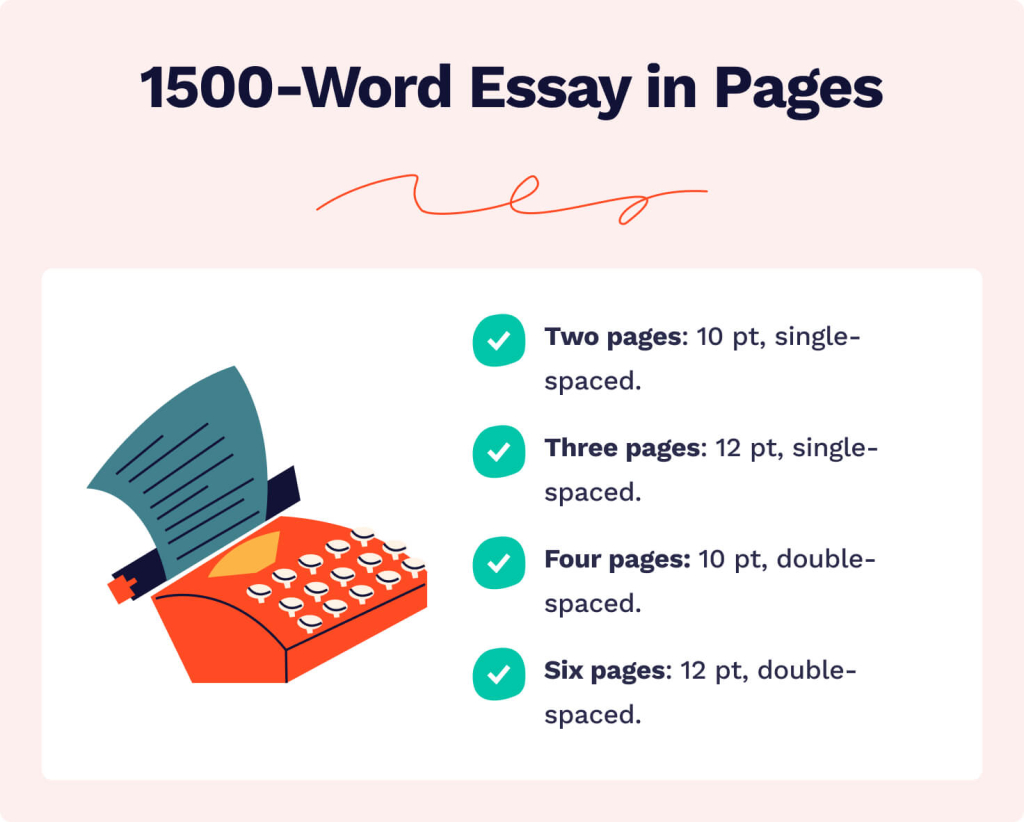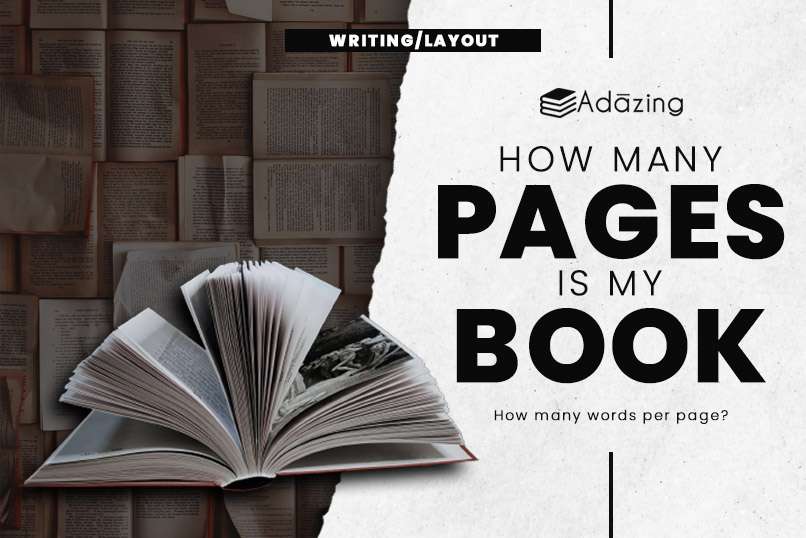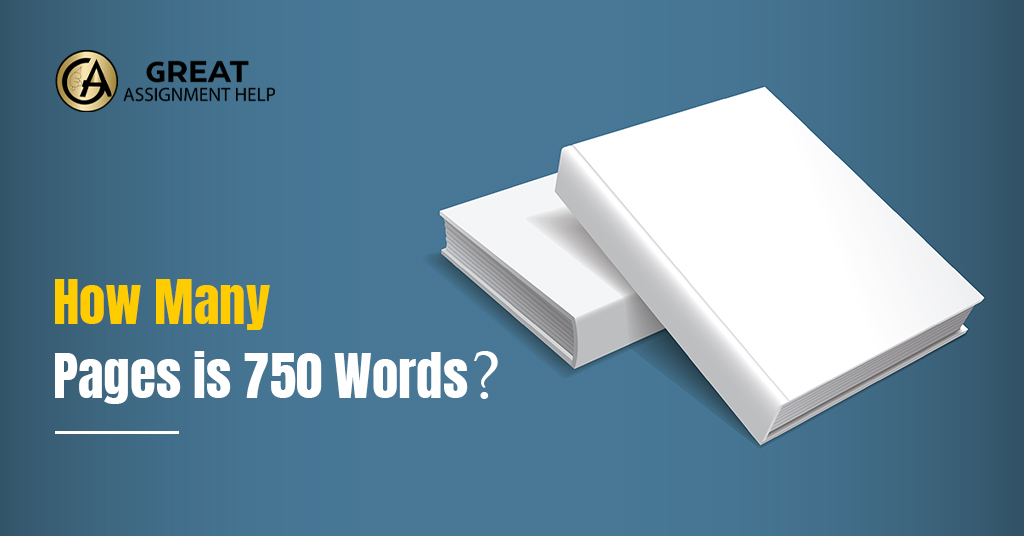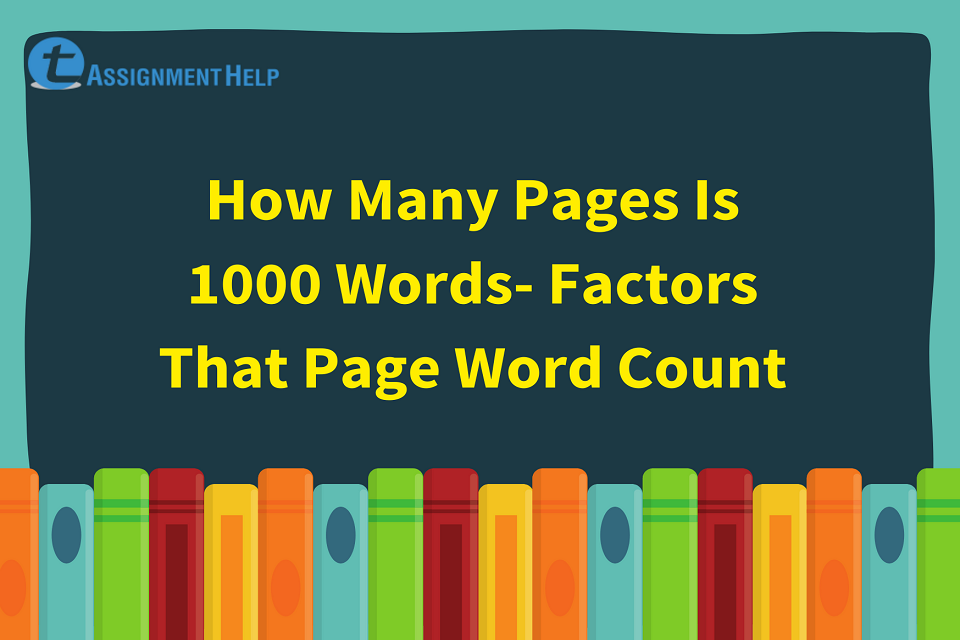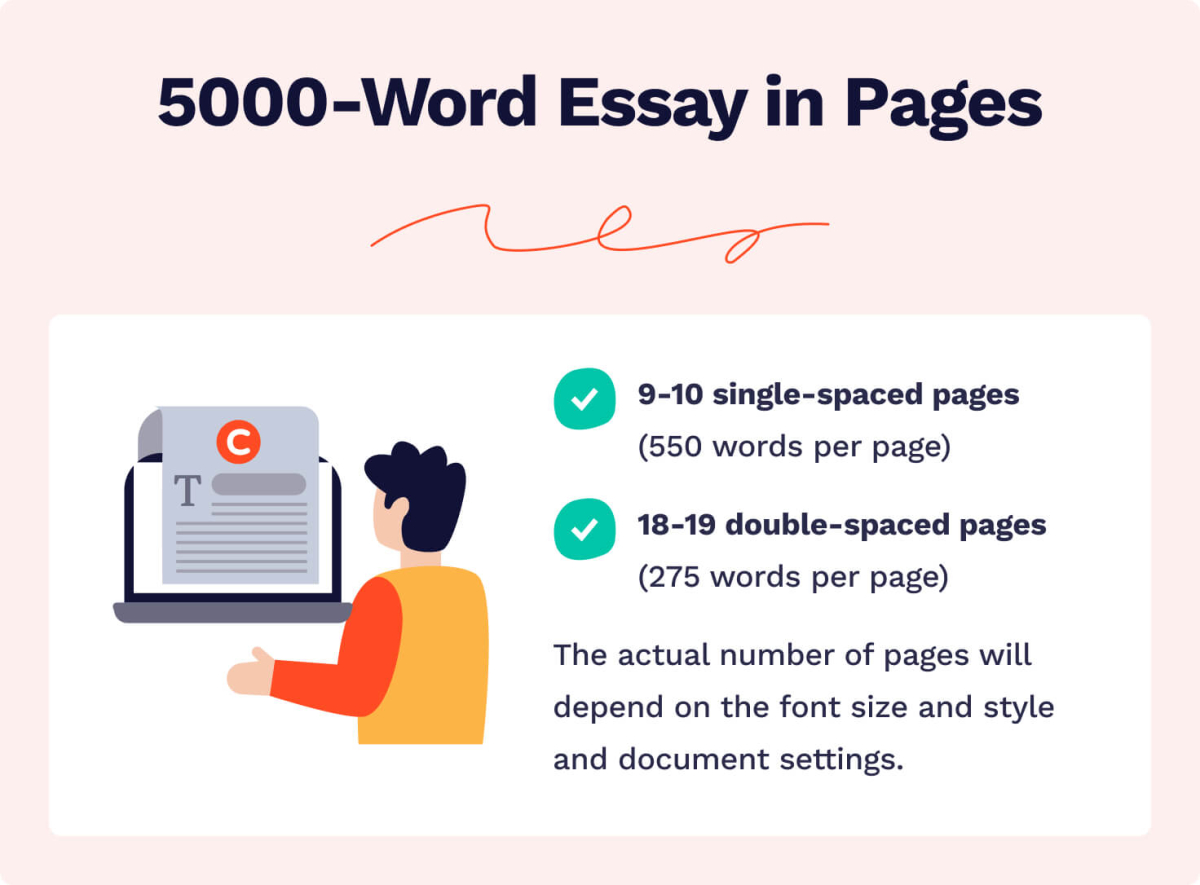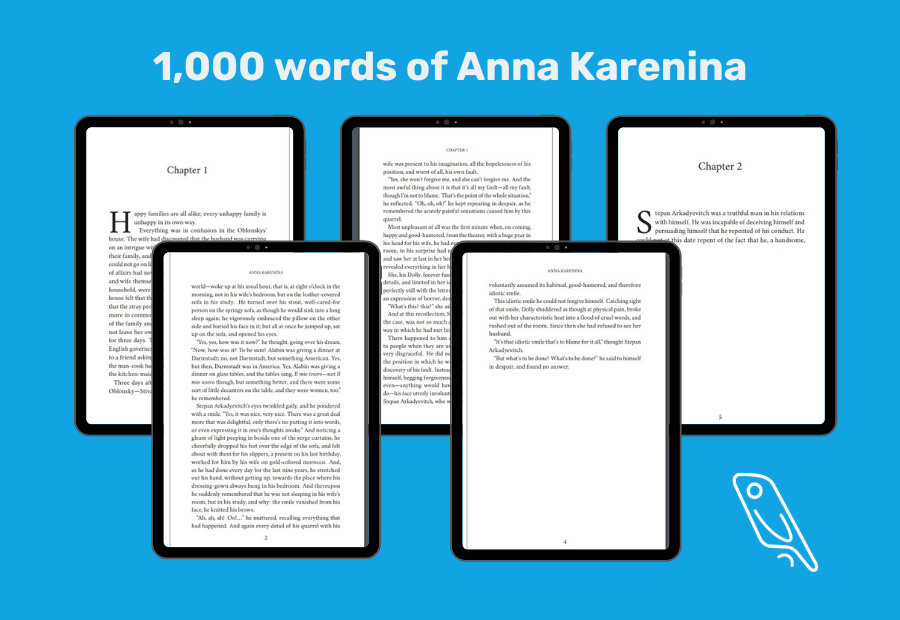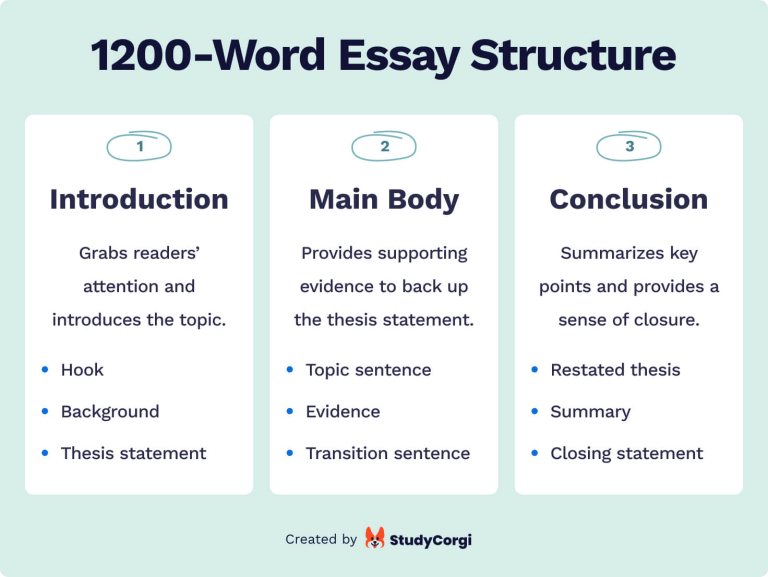How Many Pages Is 15 000 Words

The seemingly simple question, "How many pages is 15,000 words?" elicits a surprisingly complex answer, dependent on a multitude of factors ranging from font size and style to margin widths and document type. While a definitive answer remains elusive, understanding the variables involved allows for a more accurate estimation, important for students, writers, and professionals alike.
The answer isn't a straightforward number, but rather a range. This range can vary significantly depending on the specific formatting parameters utilized. This variability necessitates a more nuanced approach to determine page length.
The primary factors influencing page count include font type (e.g., Times New Roman, Arial, Calibri), font size (typically 12 point), line spacing (single, 1.5, or double), and margin widths (standard is 1 inch on all sides). These elements, when combined, create a unique visual presentation of the text.
Understanding the Variables
Font choice plays a subtle but significant role. Times New Roman, a serif font, generally occupies slightly less space than sans-serif fonts like Arial or Calibri, potentially leading to a slightly higher word count per page.
Font size is perhaps the most obvious determinant. A 12-point font is standard for academic and professional documents. Decreasing the font size naturally increases the number of words that can fit on a page, and vice-versa.
Line spacing significantly impacts the visual density of the text. Double-spaced documents, common in academic settings for providing room for instructor comments, will naturally result in far more pages than single-spaced documents. 1.5 spacing falls somewhere in between.
Margin widths, while often overlooked, can also contribute to page count. Narrower margins allow for more text per line, reducing the overall number of pages. Standard 1-inch margins are generally preferred for readability and printing purposes.
Estimating Page Count: A General Guideline
Despite the variables, some general estimations can be made. A commonly accepted guideline for a standard document, using 12-point Times New Roman or Arial font with 1-inch margins, is 250 words per page for single-spaced text.
Using this metric, 15,000 words single-spaced would equate to approximately 60 pages (15,000 / 250 = 60). However, this estimate changes drastically with different formatting choices.
For double-spaced documents, the typical word count per page drops to around 125 words. Therefore, 15,000 words double-spaced would likely require approximately 120 pages (15,000 / 125 = 120).
The Impact of Document Type
The type of document also influences page count expectations. A novel, for example, might utilize smaller margins and a slightly smaller font size to reduce printing costs, thereby increasing the words per page.
Academic papers, on the other hand, often adhere to strict formatting guidelines imposed by universities or journals. These guidelines typically specify font type, font size, line spacing, and margin widths.
Reports and business documents may also have specific formatting requirements dictated by company branding or readability standards. The American Psychological Association (APA) style guide, widely used in social sciences, and the Modern Language Association (MLA) style guide, common in humanities, are two prominent examples of formatting standards that significantly influence page length.
Tools and Resources
Numerous online tools and calculators can assist in estimating page count based on specific formatting parameters. These tools typically allow users to input word count, font type, font size, line spacing, and margin widths to generate an estimated page length.
Microsoft Word and Google Docs also offer features that display word count and allow users to adjust formatting settings, providing real-time feedback on page length.
Consulting style guides like APA and MLA is crucial for adhering to specific formatting requirements and ensuring accurate page count estimations, especially for academic assignments and publications.
“Ultimately, the number of pages required for 15,000 words is a function of formatting choices,” said Dr. Emily Carter, a professor of English at State University. “Understanding these choices allows writers to better manage the length and presentation of their work.”
The significance of accurately estimating page count extends beyond mere aesthetics. For students, it can impact assignment length requirements and formatting compliance. For writers, it influences manuscript submissions and potential publication costs.
Professionals may need to estimate page count for reports, proposals, and other business documents to adhere to internal guidelines or client specifications. Inaccurate estimations can lead to delays, revisions, and even missed deadlines.
Therefore, carefully considering formatting choices and utilizing available resources is essential for accurately determining the page length of a 15,000-word document.
In conclusion, while a definitive answer to the question "How many pages is 15,000 words?" remains elusive, understanding the factors that influence page count allows for a more accurate estimation. This knowledge is invaluable for students, writers, and professionals alike, ensuring that their documents meet formatting requirements and effectively communicate their intended message.

